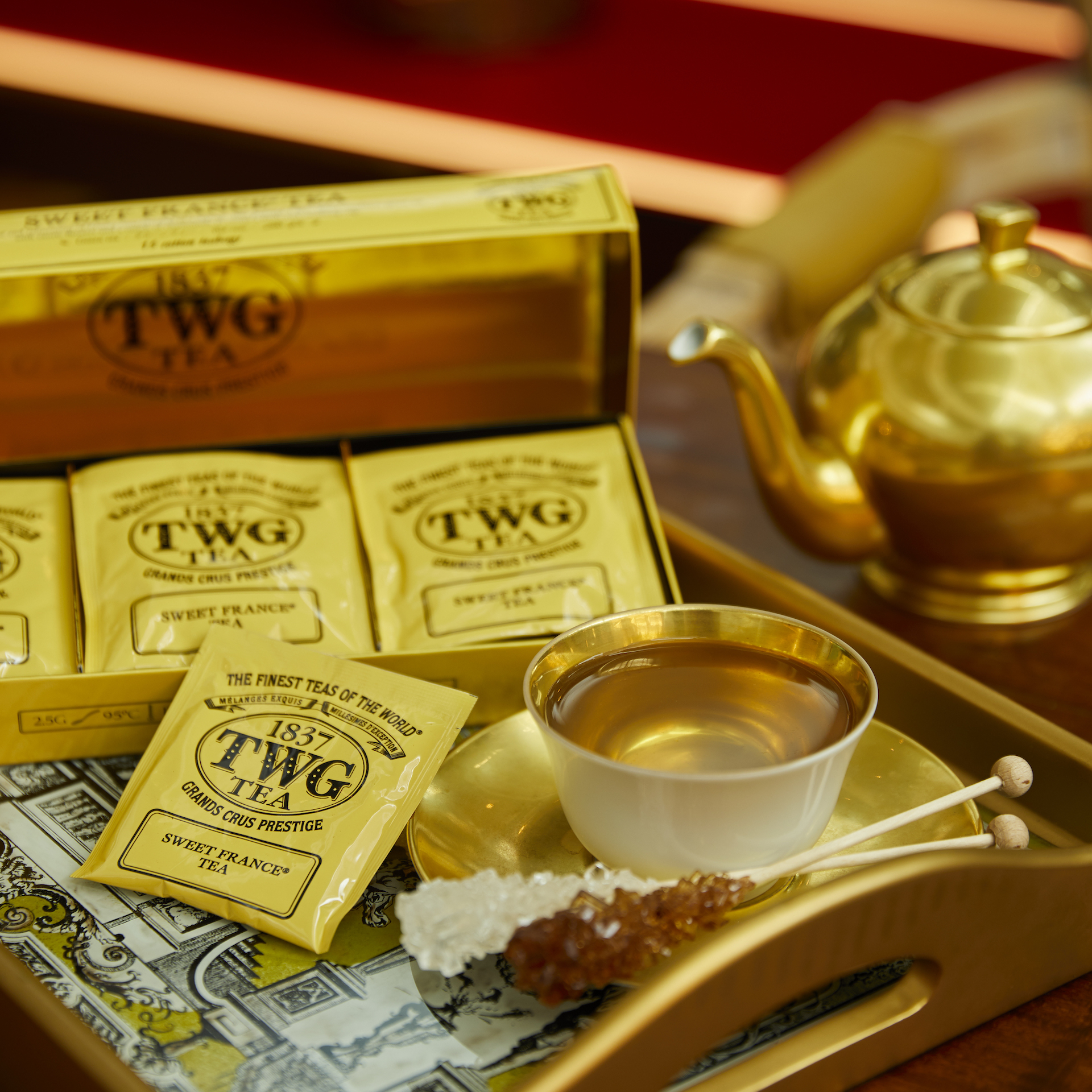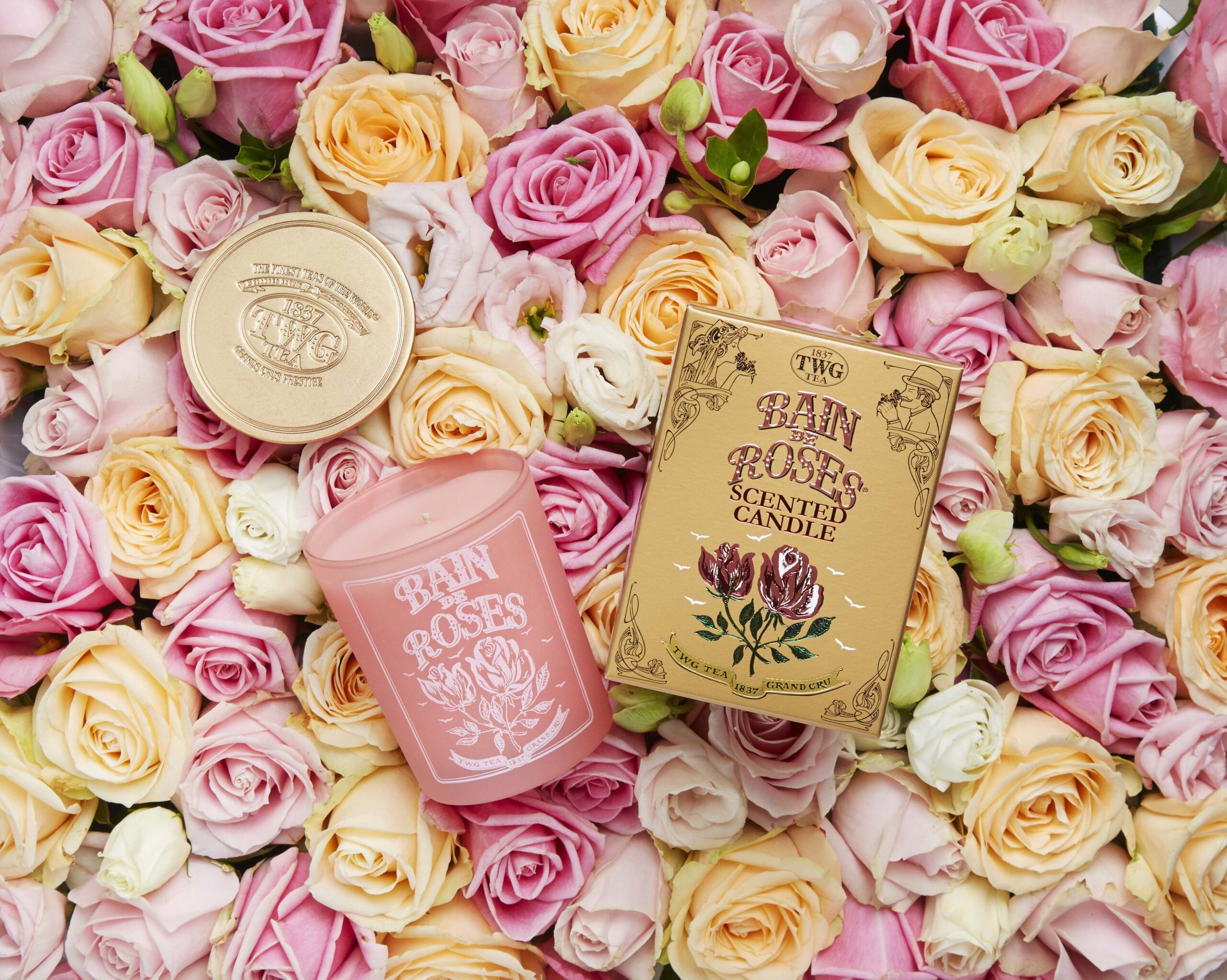TWG Tea schools us on appreciating the finer side of tea
I have a long-standing fascination with tea that goes back to my childhood and the “I’m a Little Teapot” action song that I so loved. Then there was CS Lewis’ Mad Hatter and his infamously, irresistibly inane tea parties that had the March Hare earnestly urging Alice to “take some more tea,” to her adamant protestations that she could not possibly take more as she had not yet had any to begin with. My teatime machinations were further fueled by images of a proper tea service at some fancy palace-or-other; or within the posh, pretty parlor of an ornate Victorian home.
Yes, I am a fan of tea (but I must point out that I am also a coffee lover, and am of the firm belief that life is too short to pick just one or the other), so it was with excitement that I learned of the Tea Appreciation Series of TWG Tea. The luxury brand recently feted tea aficionados to a string of classes at its Power Plant Tea Boutique, under the tutelage of in-house expert, Enzo Santos. The classes-cum-tea-parties were wholly dedicated to enhancing one’s knowledge and enjoyment of the leaves of the Camellia Sinensis. We learned some of the do’s and don’ts, and tips and tricks to help us level-up in the world of tea, while we happily sipped on TWG’s popular variants and munched on perfect offerings from its Tea Gastronomy menu.
A tea journey
Tea varietals can take you on a journey across the globe, almost; and given that TWG Tea has hundreds of different types (well over 400 at its Power Plant Tea Boutique alone), the tea class I attended was filled with tales of distant lands and exotic terroirs. There are nearly 30 tea-producing, officially recognized and accredited countries of origin, the biggest of which is China. Among Santos’ many stories was an enthralling lore of a tea so rare, that it was once served exclusively to the Emperors of China. This highly exclusive beverage, a type of Yellow Tea, was made from leaves grown only on one mountain range in one province of China, handpicked on only one day of the year, by female virgins wearing silk gloves, wielding solid gold scissors for snipping the leaves. Now THAT’S some precious tea! Today, TWG still carries this sought-after tea, and while it is no longer harvested by female virgins, nor is it served only to those of royal stature, it is still truly special: TWG’s Yellow Tea is infused with 24-karat gold dust, and sells for a whopping PhP14,000 for 50 grams!
Then there’s the super popular authentic Red Tea, which is technically not a tea, as it does not come from the Camellia Sinensis, but from the Rooibos Bush. Found only in South Africa, real Red Tea – such as TWG’s Red Balloon variant – may be savored hot or iced, and tastes even more wonderful when mixed with just a dollop of sugar syrup, which enhances the tea’s natural sweetness and zesty flavor.
My favorite, however, had to be TWG’s first-ever and most renowned tea, Silvermoon: a smooth, suave Chinese Green Tea, with an aroma and taste undertone of berry and vanilla, with a hint of spice. Simply delicious!
Tea for two, for me, for you
Prior to the class, I hadn’t realized just how many different kinds of tea are available, and the unique properties of each varietal. It is safe to say that there is a tea for me, for you – for most every palate.
White Tea
• Completely unprocessed, and is one of the more rare delicacies in the tea universe
• Contains the highest level of anti-oxidants and lowest in theine (tea’s version of caffeine) content
Yellow Tea
• Rarest and most expensive tea in the world, which is harvested from a single mountain range in Szechwan Province, China, thus yields only a few kilograms per year
• Never gets bitter
• Infused tea leaves can be eaten
Green Tea
• Not oxidized
• Chinese method of Green Tea preparation is to pan-fry the leaves, which gives the tea a roasted taste, while the Japanese method is to steam the leaves, which produces more of a grassy, seaweed-like taste
• High in Vitamin C and antioxidants, and naturally low in theine content
Blue Tea
• Commonly known as Oolong Tea or sometimes “Black Dragon” tea
• Is semi-oxidized tea (in-between Green and Black Tea)
• Contains a good balance of antioxidants and theine content, and is good for slimming
Black Tea
• Most popular type of tea in the world
• Fully oxidized, has the highest theine content, but is low in antioxidants Pu-Erh
• “Matured tea” that has been fermented for years, just like wine: the older the better
• Due to the aging process, theine naturally lessens
• Has a very deep, full-bodied, earthy taste and is excellent for digestion (uhhhhhm, dare I say it helps you “pooh…errr”) and weight loss

Red Tea
• Comes from the Rooibos tea bush found in South Africa
• Naturally theine-free, very high in Vitamin C and antioxidants, and has a natural sweetness

Tea prep
There are a few important “how to’s” when making the perfect cuppa (that would be a common way to refer to tea, when in London, visiting the Queen, where tea is an immensely popular beverage). After all, it would be a shame to let good tea go to pot, in the idiomatic definition of things. First, all items (teapot, cups, filter, teaspoon) used for the tea service must be properly cleaned with gentle dishwashing liquid (a strong soapy aroma or taste could ruin your tea). Note that it is best to use whole leaves than what some call “tea dust,” which is the tea you get in most commercial bags. Second, it is ideal to use fresh, filtered water, which is heated to a temperature between 90 to 95 degrees Celsius, to the point of simmering, and NOT boiling (boiling water can scald your tea leaves and give the drink a bitter flavor.) Third, tea should be properly measured and steeped; generally, one teacup = 2.5 grams of tea leaves or one teaspoon of tea leaves, steeped according to the recommended time.

Tea time!
Much like savoring a fine wine, there are some S-words to help us better savor our tea time:
SEE the color. A properly brewed cup of tea will show in the color; not too light, not too dark. Also, the color is usually indicative of the tea variety.
SMELL the aroma. It is best to use a wide-brimmed teacup. Cover the cup with one hand, and inhale the aroma from underneath your cupped hand.
SIP and SWIRL the tea in your mouth, while sucking in some air. This releases the fullness of the tea’s flavor.
Care for a spot of tea, anyone?
By ANGIE DUARTE
Food, What's On E
QualiTEA Control
Published on September 27, 2016
This post was last updated on February 4th, 2022 at 11:11 am







